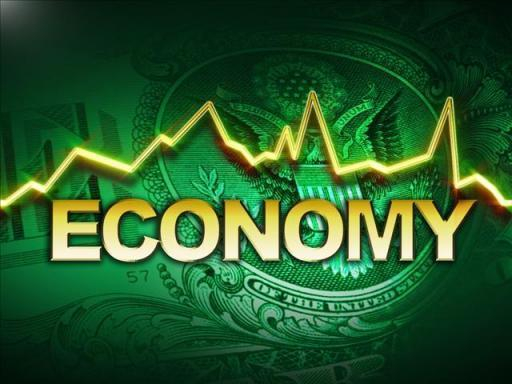Economy

New Infrastructure Spending Bill Could Add 3% to Steel Demand
Written by Tim Triplett
August 13, 2021
What does the infrastructure spending plan passed this week by the Senate mean for steel?
On Tuesday, in a bipartisan vote, the Senate passed a $1 trillion infrastructure package that includes $550 billion in new federal spending. That measure now moves on to the House for consideration.
Around 44% of total U.S. steel demand is for construction-related spending. Therefore, if the deal passed by the Senate gets House approval, it has the potential to increase steel demand by around 3% or 3.0 million tons per year for five years, estimates the CRU Economics Team. Demand for that steel would be front-loaded, as steel is often used early in construction projects.
CRU Principal Analyst Josh Spoores noted that the increase could be as high as 4 million tons. “It all depends on the price of steel. Higher price equals less volume, and the vast majority of this is longs products and plate. Sheet demand here is limited,” he said.
There is bipartisan support for investing in the nation’s crumbling infrastructure, though much disagreement over the appropriate scale and source of the funding. The American Society of Civil Engineers estimates the infrastructure funding gap could reach $2.6 trillion by 2029. Continued underinvestment could mean a loss of $10 trillion in GDP and 3 million jobs by 2039, CRU estimates.
Also passed by the Senate this week was the Biden administration’s $3.5 trillion budget blueprint that calls for further spending on healthcare, climate and education, which is expected to face strong Republican opposition.
By Tim Triplett, Tim@SteelMarketUpdate.com

Tim Triplett
Read more from Tim TriplettLatest in Economy

Chicago Business Barometer falls back in April, remains in contraction
The Chicago Business Barometer declined in April, reversing March’s gains, according to Market News International (MNI) and the Institute for Supply Management (ISM).

Fewer manufacturers optimistic about the economy
PMA’s April report shows that only 16% of surveyed manufacturers anticipate an increase in economic activity in the next three months (down from 23% in March)

Architecture billings continue to slide in March
Architecture firms said billings continued to decline in March, according to the latest Architecture Billings Index (ABI) released by the American Institute of Architects (AIA) and Deltek.

Beige Book shows concerns about trade policy
Manufacturing was mixed, but two-thirds of districts said activity was little changed or had declined.

New York state manufacturing index drops again in April
Firms were pessimistic, with the future general business conditions index falling to its second lowest reading in the more than 20-year history of the survey
